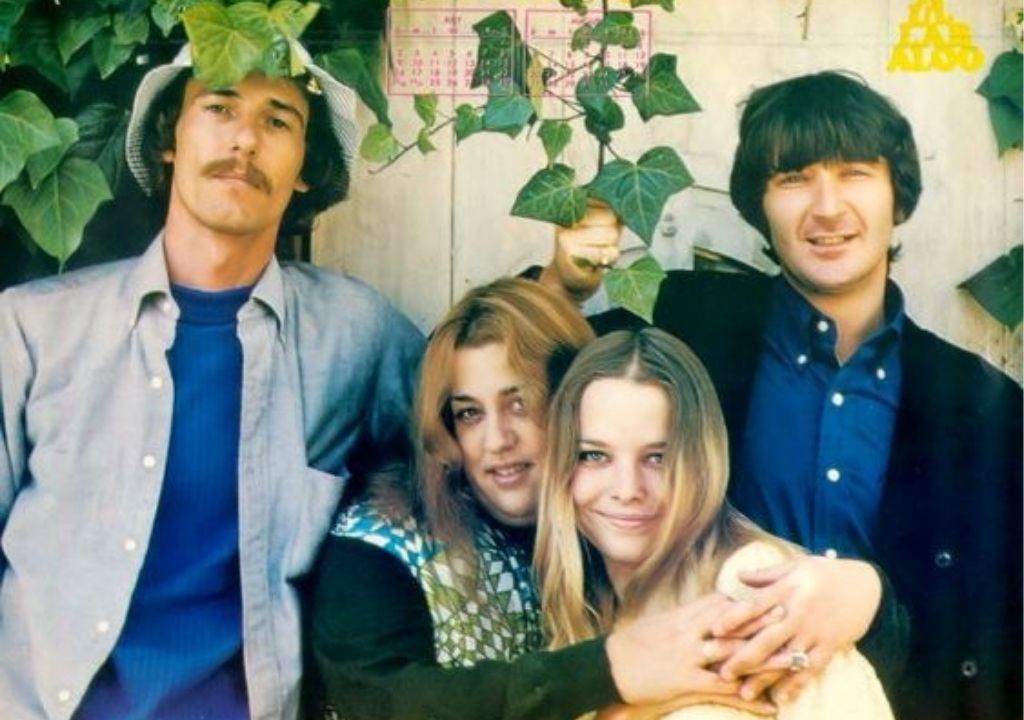
About the song
“Dancing In The Street” by The Mamas & The Papas is a lively, exuberant cover of a classic hit that captures the spirit of the 1960s. Originally written by Marvin Gaye, William “Mickey” Stevenson, and Ivy Jo Hunter, the song was first recorded by Martha and the Vandellas in 1964. It quickly became an anthem for both celebration and social change, embodying the energy and optimism of the civil rights movement.
The Mamas & The Papas, known for their harmonies and distinctive folk-rock sound, recorded their version of “Dancing In The Street” for their 1966 album The Mamas & The Papas. The group’s lineup, featuring John Phillips, Michelle Phillips, Cass Elliot, and Denny Doherty, brought a fresh, West Coast vibe to the song, infusing it with their signature blend of folk, pop, and rock elements. Their rendition of “Dancing In The Street” is both a tribute to the original and a reflection of the carefree, yet socially conscious, atmosphere of the time.
While The Mamas & The Papas’ version didn’t achieve the same chart success as the original by Martha and the Vandellas, it still holds a special place in the band’s discography. The album The Mamas & The Papas, which also includes hits like “I Saw Her Again” and “Words of Love,” reached No. 4 on the Billboard 200 and helped solidify the group’s status as one of the leading voices of the 1960s music scene.
The appeal of “Dancing In The Street” lies in its infectious rhythm and universal message of unity and joy. The song encourages people to come together, celebrate, and dance in the streets, regardless of their background or circumstances. In the hands of The Mamas & The Papas, this message is delivered with a sunny, California flair that makes their version stand out.
Although it may not be as widely remembered as some of their other hits, The Mamas & The Papas’ take on “Dancing In The Street” is a delightful example of the band’s ability to reinterpret popular songs while staying true to their unique sound. It serves as a reminder of a time when music was a powerful force for bringing people together and expressing the hope and enthusiasm of a generation.

